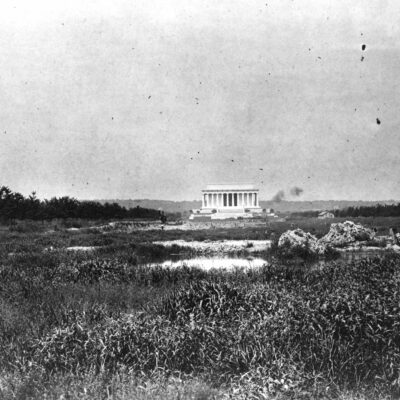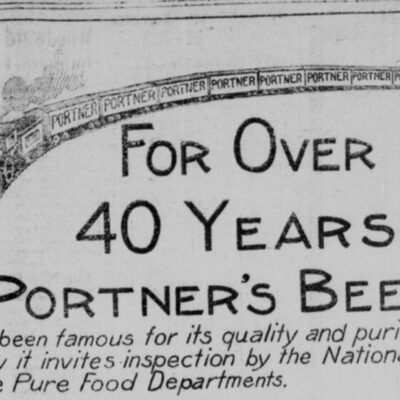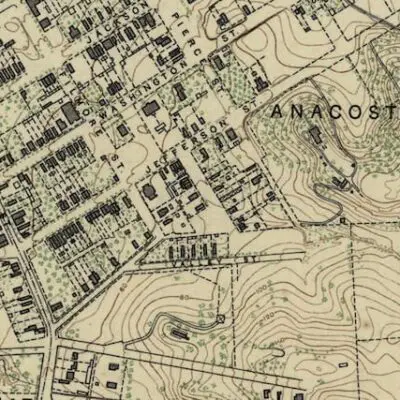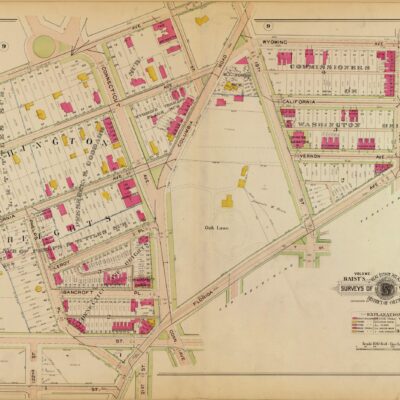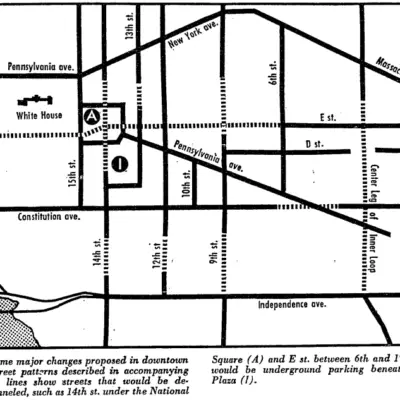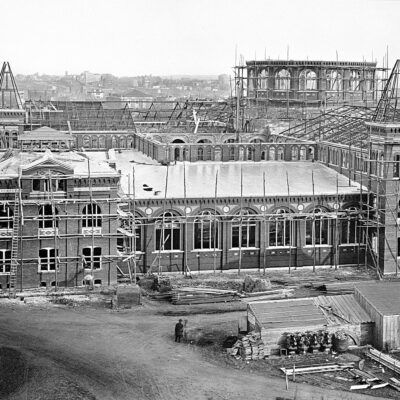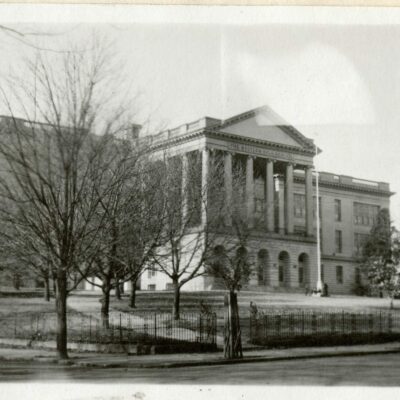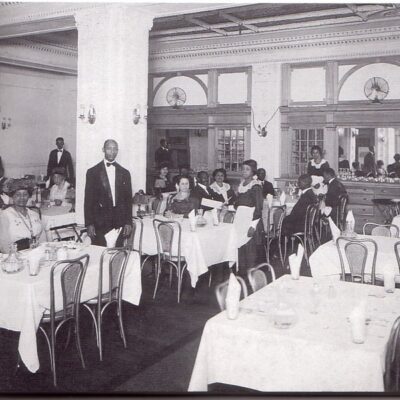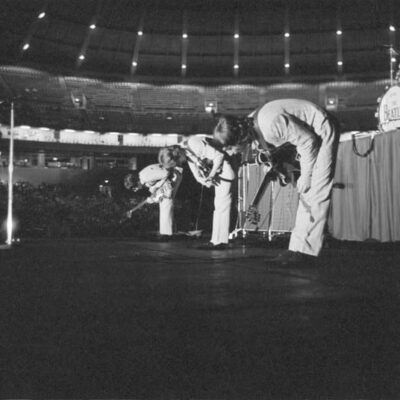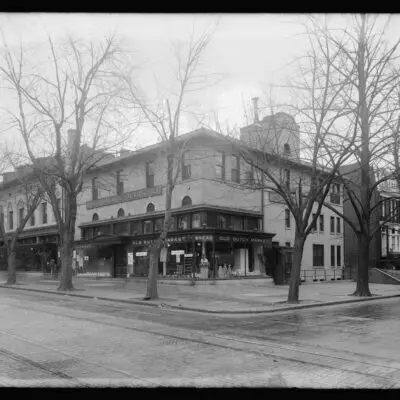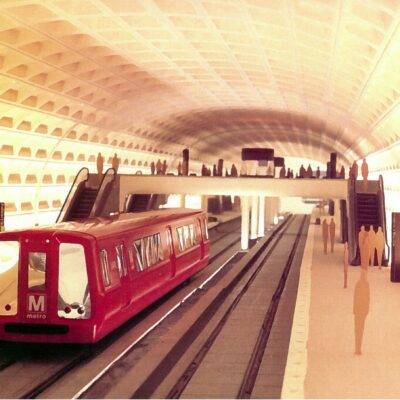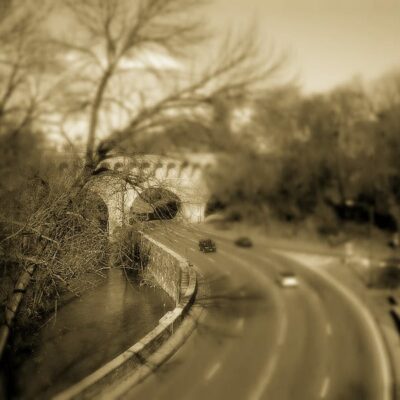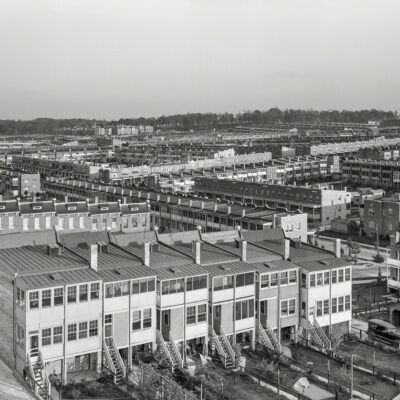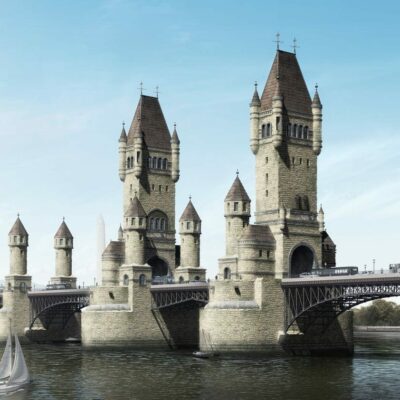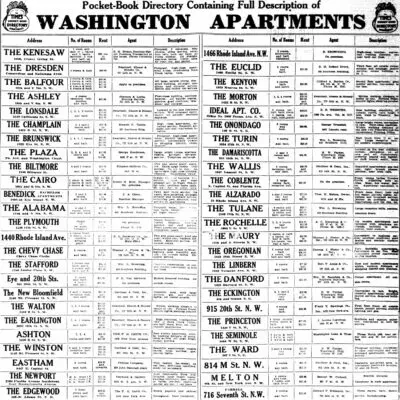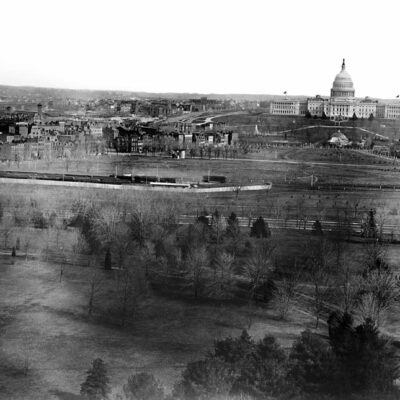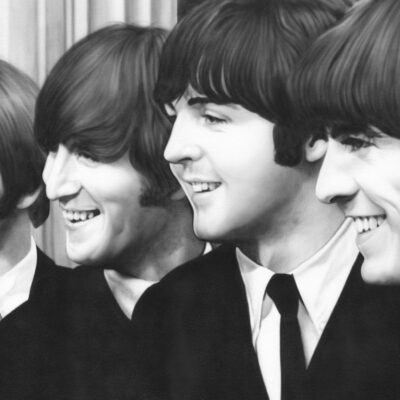GoDCer Rych sent in a couple great photos which piqued our interest in the fire that destroyed our old ballpark. No, not Griffith Stadium (where was the stadium and what did it look like like?), but the one before that.
The year was 1911 and the Washington Nationals (aka, Senators) were coming off a sad seventh place finish in the American League. Only the miserable St. Louis Browns (becoming the Baltimore Orioles in 1954) were worse.
Opening day was just a few weeks away, coming up on Wednesday, April 12th against the Boston Red Sox (spoiler alert: we won 8-5). On March 17th, just before noon, the stands caught fire and spread to destroy the entire ballpark. Boundary Field, erected in 1891 was gone, and the Nationals were homeless.
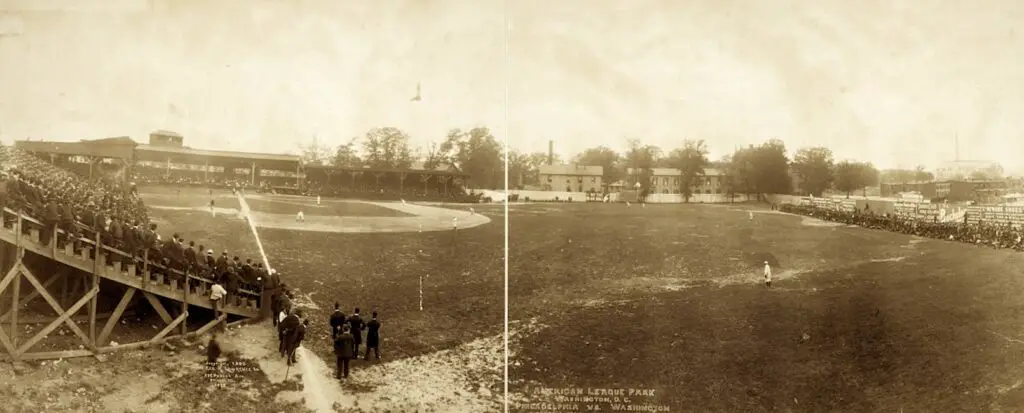
That evening’s edition of The Washington Times reported that the “Grandstand and Bleachers Go In Mysterious Fire at Ball Grounds,” and that the opening series against Boston might need to be moved. It was said that the “fire spread so rapidly that the grandstand and bleachers on the north side of the park were burned to the ground almost before the firemen got the first pipeline laid.” As soon as smoke was spotted, Officer T.F. Sweeney sprinted to the police telephone box standing at 7th and Florida Ave. NW to alert the No. 7 Engine Company (you know these boxes … some still stand, but I’m not sure if this one does).
The fire spread around toward the north side of the grandstand and ultimately reached the bleachers in the outfield, bordering the lumber yard. Ironically, D.C. Fire Chief Frank Wagner was on a train coming back from New York — where we was viewing a new innovation: automobile fire engine — and he could see the smoke rising as he passed through the Eckington rail yards (check out a great photo of the yards). Less than 30 minutes later, the whole structure was a pile of burnt out ruins.
Go ahead and check out the article below.
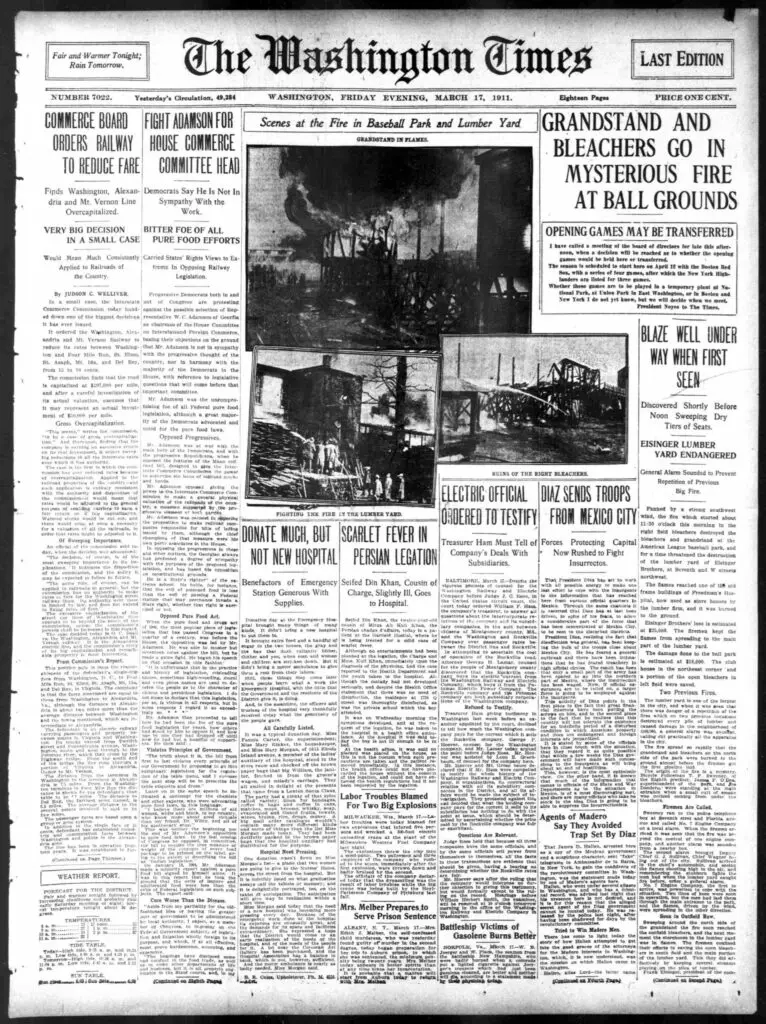
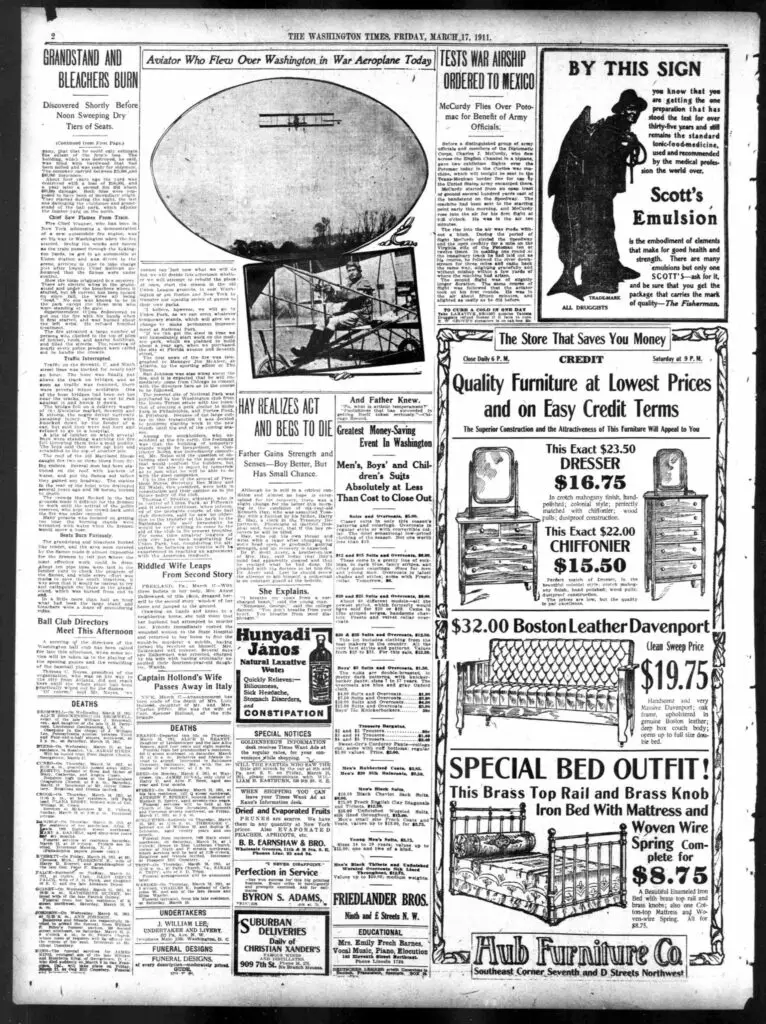
Impressively, 700 men worked around the clock in eight-hour shifts to build the replacement National Park. The uncompleted, but ready for spectators stadium, was ready for the game against the Red Sox in a miraculous three weeks.
Opening Day went on as planned on April 12th. Walter Johnson arrived at one o’clock that afternoon by train and was escorted to the new National Park. Johnson immediately went into the front office where he signed his contract to play that season but wasn’t the starting pitcher in the afternoon game against the Red Sox. The crowd was estimated at 14,000, which included President Taft, who threw out the first pitch (the year prior was the first ceremonial first pitch ever in the U.S. by Taft at Boundary Field).
Work continued on the stadium while the team was out of town, and ultimately was completed in July of that year for a total investment of $100,000. The ballpark would be renamed Griffith Stadium in 1920 after Clark Griffith. It remained the home of the Washington baseball team until 1961 when the original Senators moved to Minnesota to become the Twins and the lousy expansion Senators came to town and took up residence at D.C. Stadium (now RFK Stadium).
Now, for some points of reference, take a look at the map below, and make sure to click on it for a much larger version. You’ll see where the stadium is, but also notice where West End Storage is located, near the yellow structure in right field. You can also see the storage building in the background of the first image after the map.
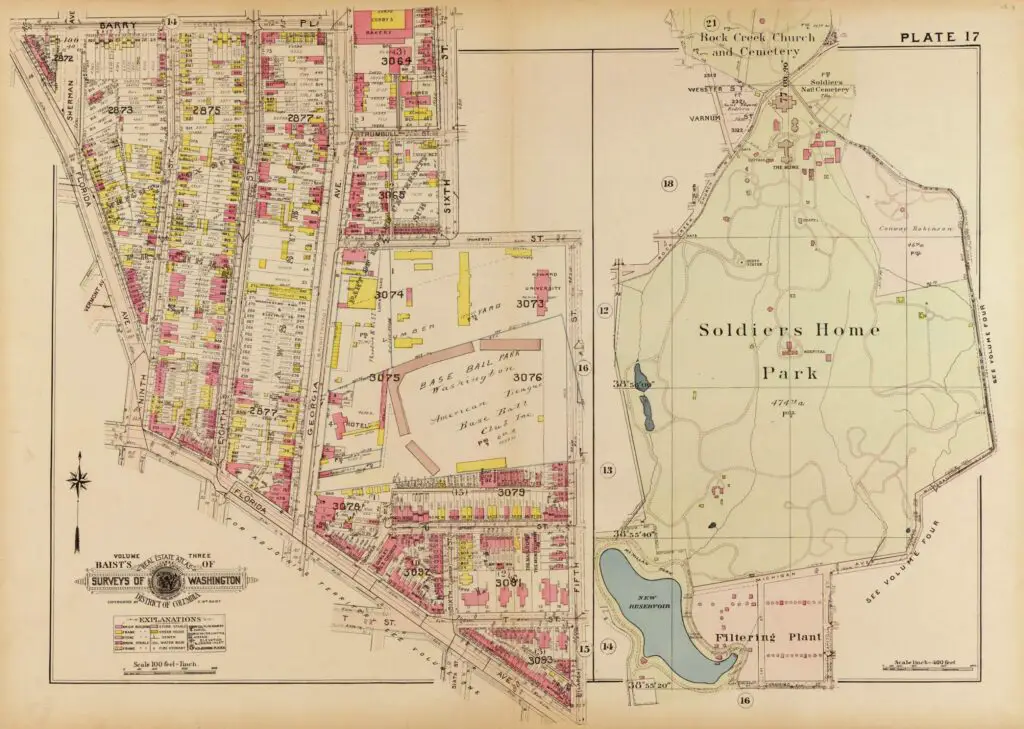
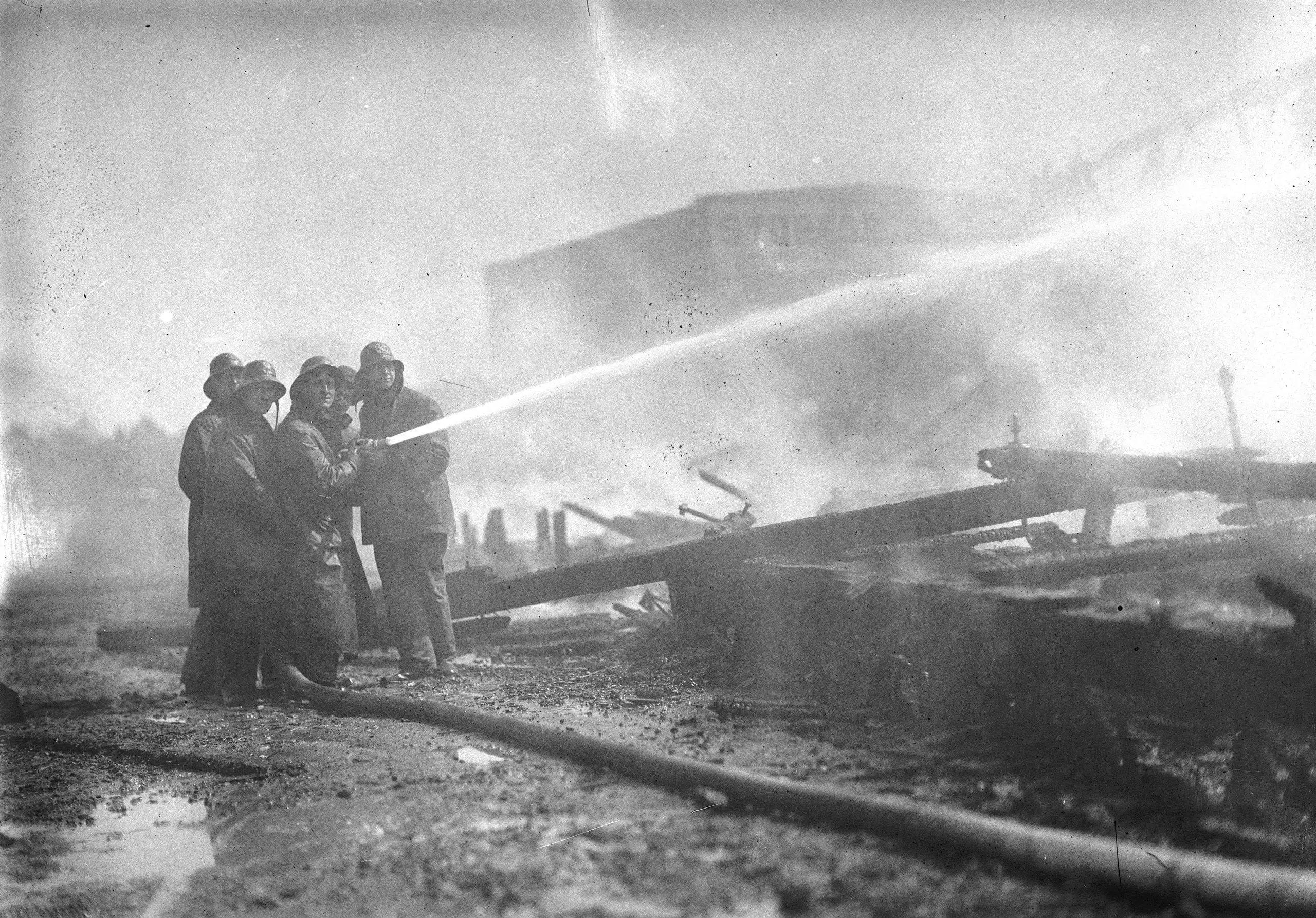
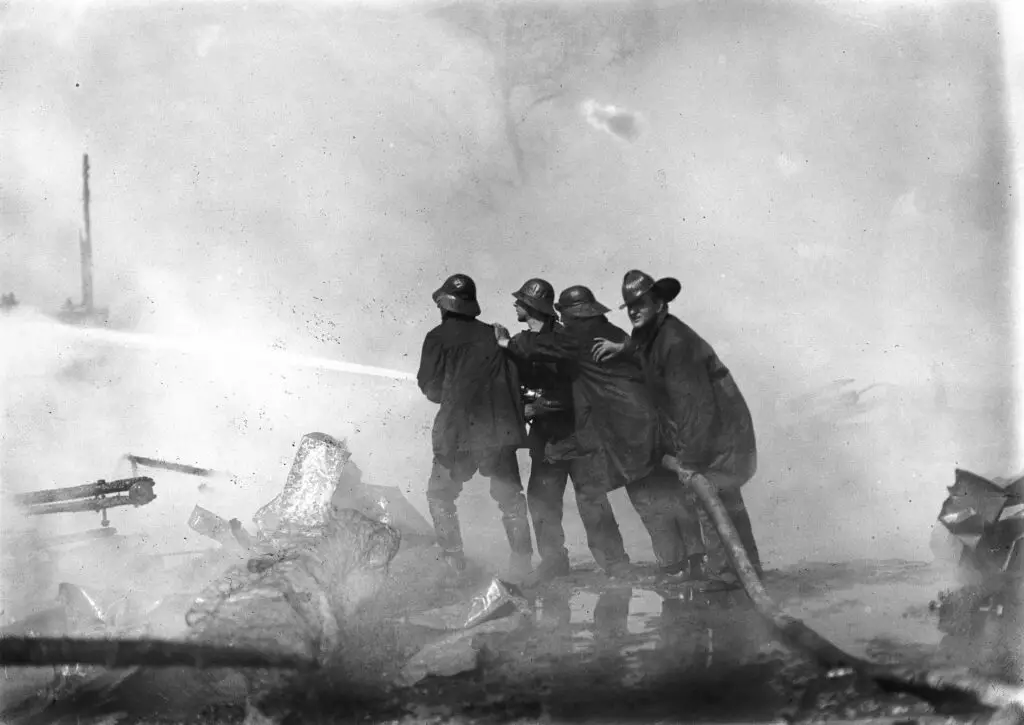
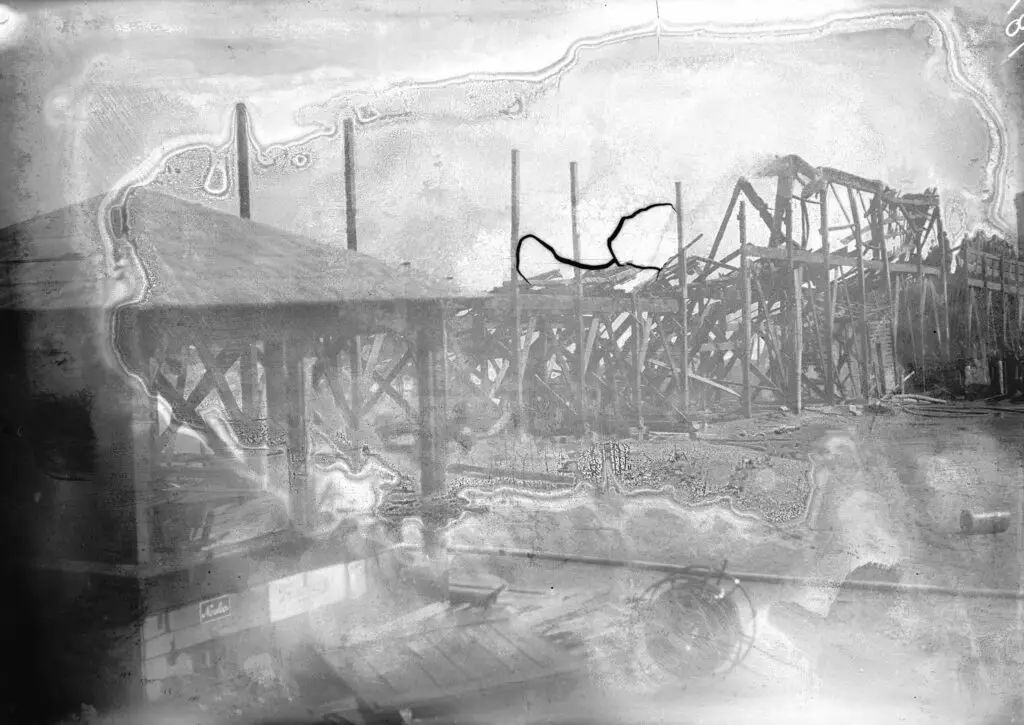
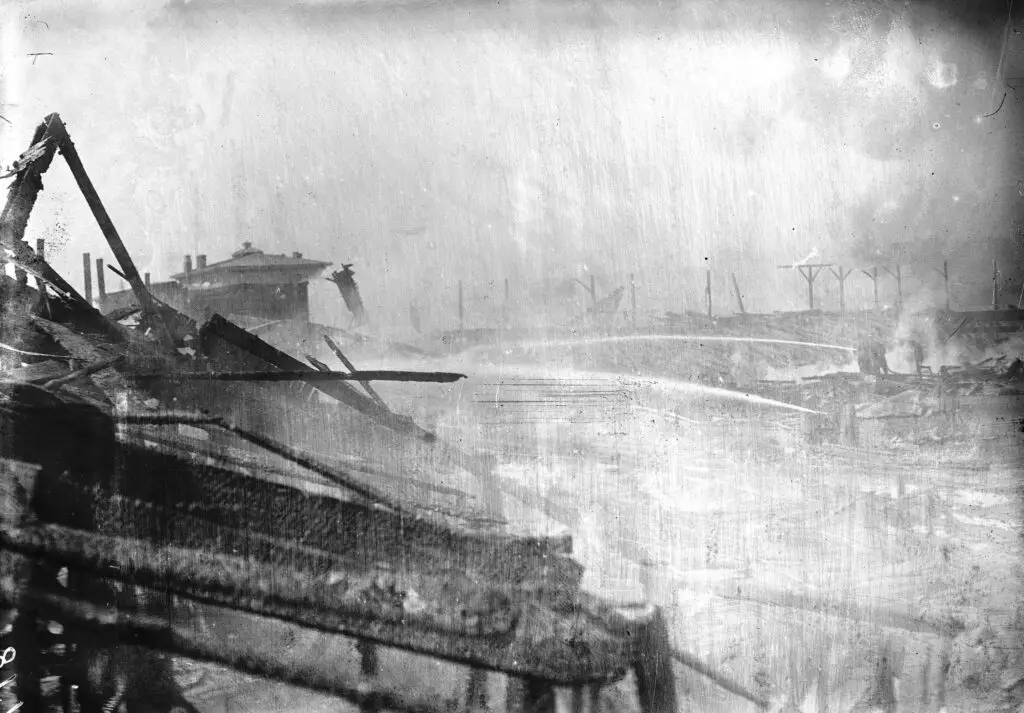
Final spoiler alert: we finished in seventh place again in 1911. But, by 1912, we were second to the Red Sox.
